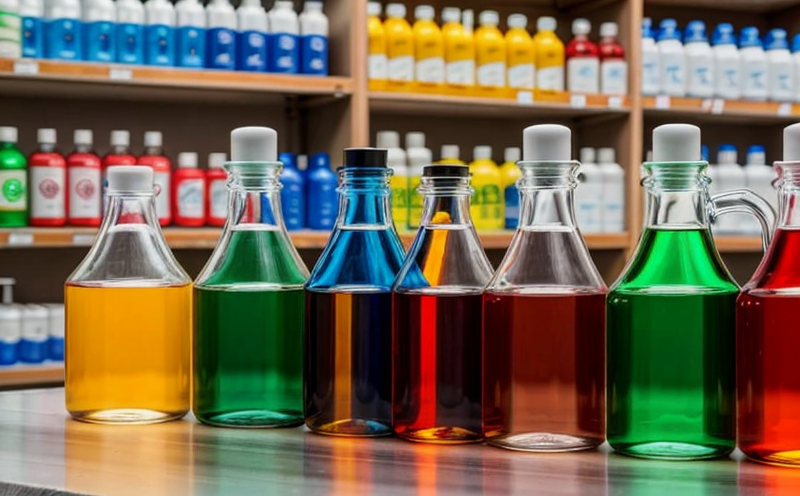GB T 2912 Determination of formaldehyde in fabrics
The determination of formaldehyde in fabrics is a critical step in ensuring textile safety and compliance with international standards. GB/T 2912.1-2014, the standard for "Determination of Formaldehyde in Textiles," provides methods to accurately measure the release of formaldehyde from textiles and materials. This method is particularly important as formaldehyde can be harmful if it migrates into the surrounding environment.
The procedure involves extracting formaldehyde from a textile sample immersed in a buffer solution under controlled conditions. The extracted formaldehyde is then measured using a specific colorimetric reaction with 4-amino-3-hydrazidebenzoic acid (AHBA). This reaction forms a colored product whose intensity is proportional to the amount of formaldehyde present.
The test method specifies that the sample should be conditioned under standard temperature and humidity conditions before testing. The samples are then prepared by cutting into squares or strips, which must be at least 5 cm in length if they need to be immersed for measurement. If not, they can remain as is. The immersion time is critical; it needs to be consistent with the requirements of the product standard.
The apparatus required includes a colorimeter, buffer solution, and other necessary tools like tweezers or scissors, depending on how the samples are prepared for the test. After extraction, the colored product from the reaction is measured using a colorimeter or spectrophotometer to determine its absorbance at 504 nm.
The standard also defines acceptance criteria based on the amount of formaldehyde released in mg/L. The results can be reported as total free and combined formaldehyde, which includes both unbound and bound forms that are liberated under acidic conditions.
This method is widely used by manufacturers to ensure their products meet stringent safety regulations. It is especially important for fabrics intended for direct contact with skin, such as clothing, bedding, and diapers.
Industry Applications
- Textile Manufacturing: Ensures compliance with formaldehyde emission limits in various textile products.
- Quality Control: Identifies and eliminates non-compliant batches early in the production process.
- R&D: Supports research into new materials or formulations that are low-emission or free of harmful substances.
- Procurement: Ensures suppliers meet agreed-upon quality standards, including formaldehyde limits.
Quality and Reliability Assurance
The reliability of results from GB/T 2912 is ensured by stringent calibration procedures for the colorimeter and adherence to precise temperature and humidity conditions during sample conditioning. Regular maintenance of equipment used in testing, such as spectrophotometers, is crucial. Additionally, standard operating procedures (SOPs) are followed meticulously to ensure consistent test results.
Quality assurance also involves comparing results with those from other laboratories using the same method and ensuring consistency across different batches or lots of products. This is particularly important for batch-to-batch consistency in production environments. Regular audits and internal quality checks further enhance reliability by identifying any potential deviations early.
Use Cases and Application Examples
- Clothing Manufacturers: Ensure that garments comply with the formaldehyde emission limits set in GB/T 2912. This helps protect consumers from potential skin irritation.
- Home Textile Suppliers: Verify the safety of home textiles like curtains and upholstery, which come into frequent contact with human skin.
- Healthcare Providers: Guarantee that medical garments and supplies meet stringent formaldehyde emission standards for patient safety.
- Textile Exporters: Comply with international export regulations, ensuring products meet the formaldehyde limits set in target countries like China or Europe.





